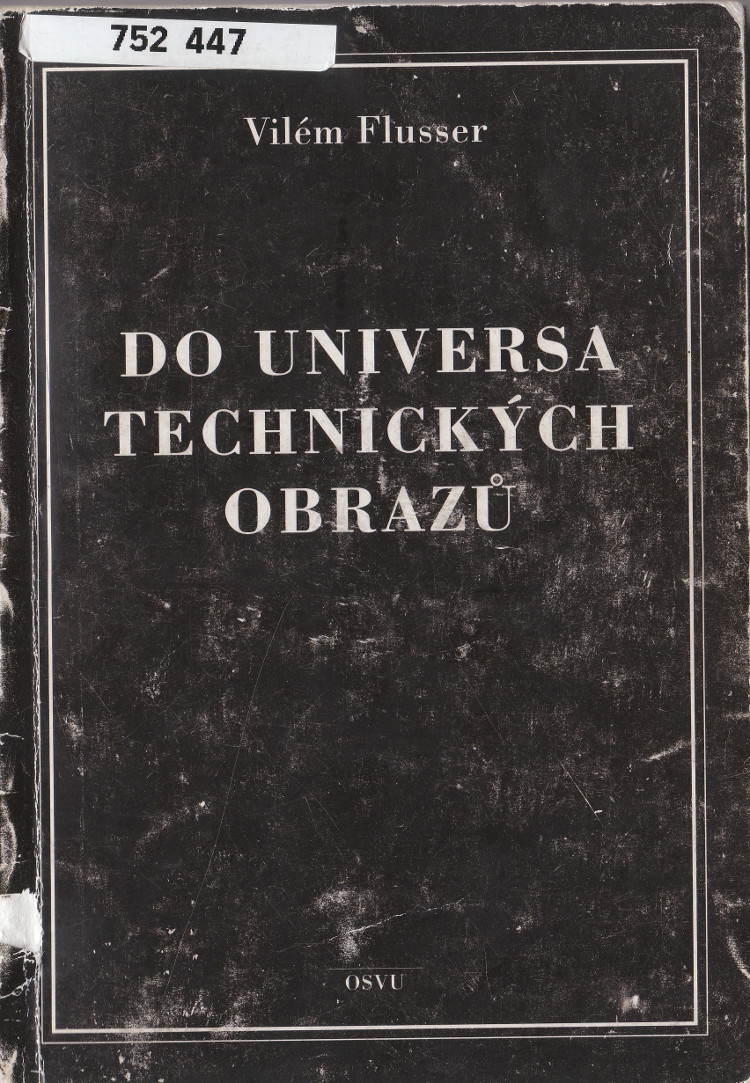Monika Fleischmann, Wolfgang Strauss: Performing Data (2011) [English/Polish]
Filed under catalogue | Tags: · archive, data, data visualisation, interactivity, interface, media art, mixed reality, virtual reality

Performing Data exhibition (April-June 2011) is a review of Fleischmann and Strauss´ body of work from Virtual Reality (Home of the Brain) up to Mixed Reality (Murmuring Fields or Energie-Passagen), from Fluid (Liquid Views) to Rigid (Rigid Waves) up to Floating Interface (Media Flow).
Monika Fleischmann and Wolfgang Strauss from the Fraunhofer IAIS Research Institute show an intersection of the body and immaterial digital data. From Body Space (Virtual Striptease) to Knowledge Space (Semantic Map): Interactivity as an extension of touch is a central strategy of their work – interactivity with its complex relationship to reality, re-presentation and presence.
The body as interface and intersections to the disembodied digital information. Immersion in data flow causes productive moments of disturbance and suspension, and consequently – a feeling of real physical presence.
The exhibition Performing Data includes works from the early 1990s, when the artists/scientists were co-founders of the ART+COM collective in 1987 in Berlin. Since 1992 they developed their work as research artists at KHM and GMD – the German National Research Center for Information Technology, since 1997 as directors of the Media Art & Research Studies (MARS) department and since 2001 at Fraunhofer Society, in the Institute for Media Communication (IMK) and the Institute for Intelligent Analysis and Information Systems in Sankt Augustin, Germany.
The catalog with DVD and essays by Ryszard W. Kluszczyński, Derrick de Kerckhove, Luca Farulli
Released in September 2011
Editor: Krzysztof Miekus
Co-editor: Karolina Koriat
Publisher: National Centre for Culture, Warszawa 2011 in collaboration with Laznia Centre for Contemporary Art, Gdańsk, 2011
ISBN 978-83-61587-55-2
114 pages
video interview with the artists
exhibition
Patrice Flichy: The Internet Imaginaire (2007)
Filed under book | Tags: · 1990s, arpanet, computing, cyberpunk, cyberspace, freenet, history of communications, history of computing, history of technology, internet, networks, technology, usenet, utopia, virtual communities, virtual reality, web, wired

In The Internet Imaginaire, sociologist Patrice Flichy examines the collective vision that shaped the emergence of the Internet—the social imagination that envisioned a technological utopia in the birth of a new technology. By examining in detail the discourses surrounding the development of the Internet in the United States in the 1990s (and considering them an integral part of that development), Flichy shows how an entire society began a new technological era. The metaphorical “information superhighway” became a technical utopia that informed a technological program. The Internet imaginaire, Flichy argues, led software designers, businesses, politicians, and individuals to adopt this one technology instead of another.
Flichy draws on writings by experts—paying particular attention to the gurus of Wired magazine, but also citing articles in Time, Newsweek, and Business Week—from 1991 to 1995. He describes two main domains of the technical imaginaire: the utopias (and ideologies) associated with the development of technical devices and the depictions of an imaginary digital society. He analyzes the founding myths of cyberculture—the representations of technical systems expressing the dreams and experiments of designers and promoters that developed around information highways, the Internet, Bulletin Board systems, and virtual reality. And he offers a treatise on “the virtual society imaginaire,” discussing visionaries from Teilhard de Chardin to William Gibson, the body and the virtual, cyberdemocracy and the end of politics, and the new economy of the immaterial.
Publisher MIT Press, 2007
ISBN 0262062615, 9780262062619
255 pages
PDF (updated on 2012-7-25)
Comment (1)Vilém Flusser: Into the Universe of Technical Images (1985–) [DE, HU, CZ, EN]
Filed under book | Tags: · communication technology, computing, cybernetics, database, entropy, image, media, media theory, philosophy, photography, postmodernism, technical image, technology, theory, virtual reality


Poised between hope and despair for a humanity facing an urgent communication crisis, this work by Vilém Flusser forecasts either the first truly human, infinitely creative society in history or a society of unbearable, oppressive sameness, locked in a pattern it cannot change. First published in German in 1985 and now available in English for the first time, Into the Universe of Technical Images outlines the history of communication technology as a process of increasing abstraction.
Flusser charts how communication evolved from direct interaction with the world to mediation through various technologies. The invention of writing marked one significant shift; the invention of photography marked another, heralding the current age of the technical image. The automation of the processing of technical images carries both promise and threat: the promise of freeing humans to play and invent and the threat for networks of automation to proceed independently of humans.
Originally published in German as Ins Universum der technischen Bilder, European Photography, 1985
Czech edition: Do universa technických obrazů
Translated by Jiří Fiala
Publisher OSVU, 2002
ISBN 8023875698
162 pages
English edition
Translated by Nancy Ann Roth
Introduction by Mark Poster
Publisher University of Minnesota Press, 2011
Volume 32 of Electronic Mediations
ISBN 0816670218, 9780816670215
224 pages
Review (Bob Hanke, International Journal of Communication)
Translator (EN)
Publisher (EN)
Ins Universum der technischen Bilder (German, 1985, added on 2016-8-4)
A technikai képek univerzuma felé (Hungarian, trans. József Maleczki, 2001; revised trans. Dalma Török, 2011; HTML, added on 2014-2-14)
Do universa technických obrazů (Czech, Jiří Fiala, 2002, no OCR, added on 2013-4-1)
Into the Universe of Technical Images (English, trans. Nancy Ann Roth, 2011, updated on 2012-7-17)

